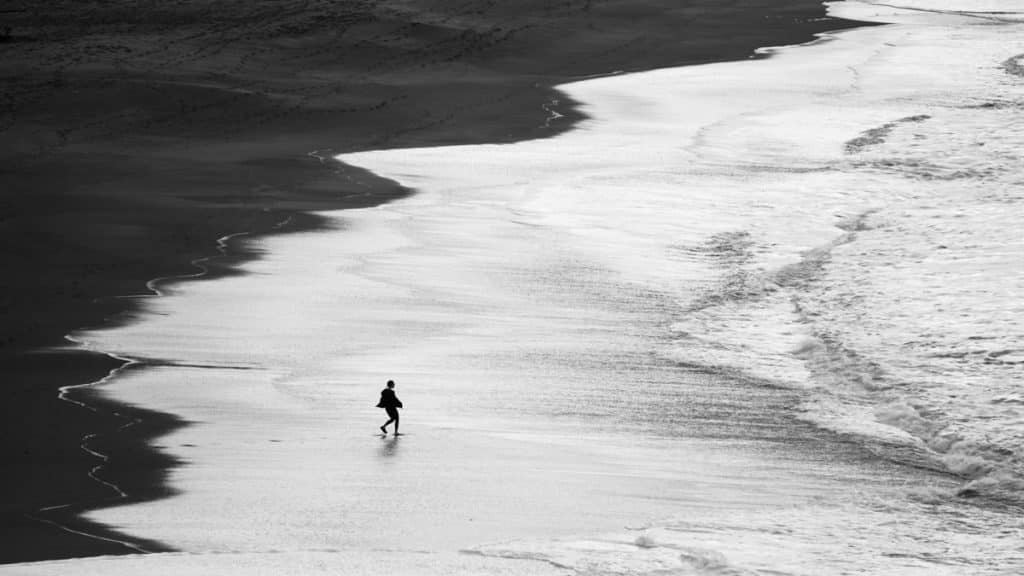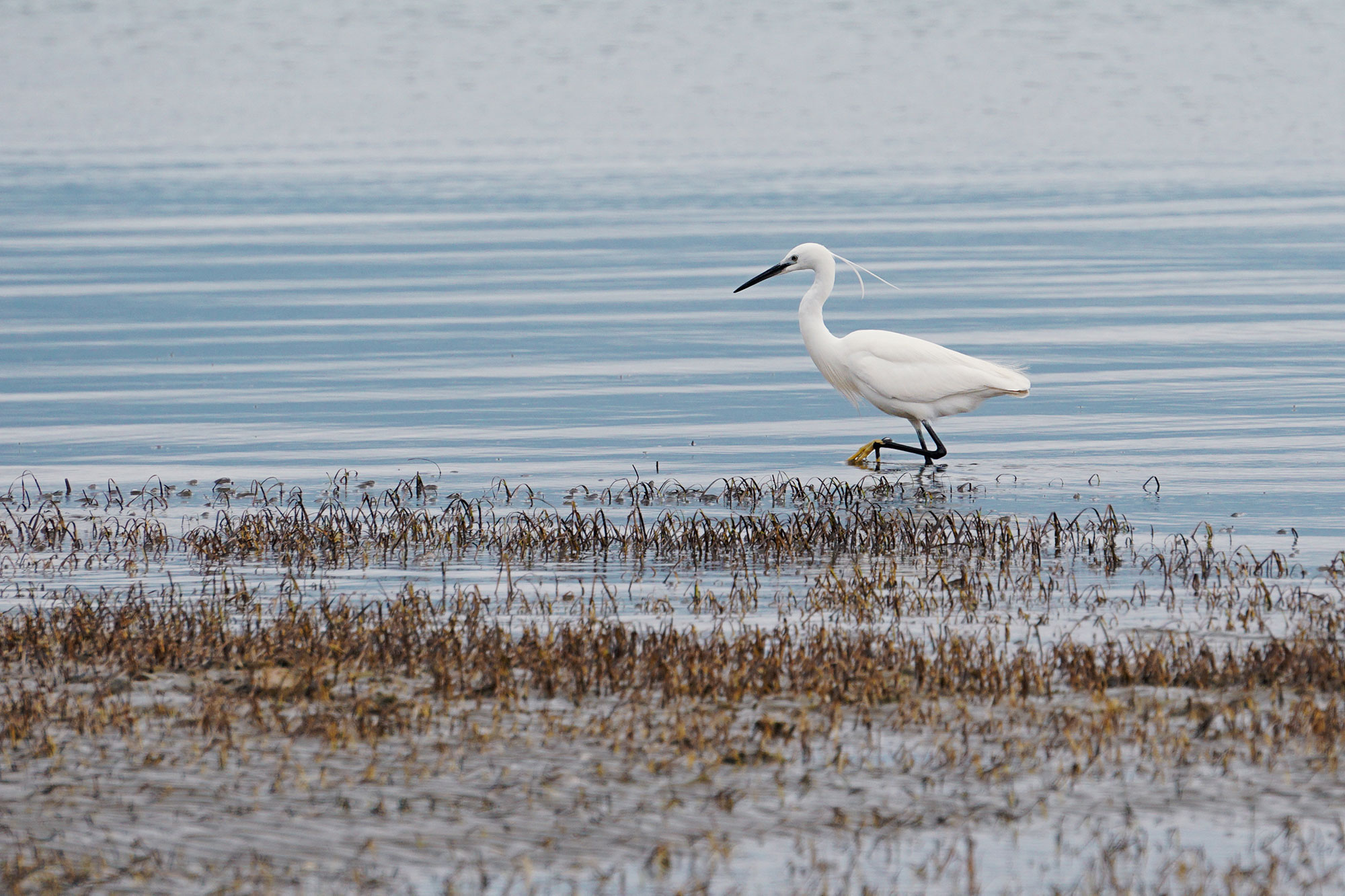I’ve said it before, and I’ll say it again:
Finding purpose in photography is the first thing you should explore on your journey.
It’s easy to get caught up in gear, editing, or growing your social media following. But at the core, photography is a language.
And when used intentionally, it can be one of the most powerful tools for change, both in the world and within ourselves.
Inspired by “The Salt of the Earth”
A few years ago, I watched The Salt of the Earth, the powerful documentary about Sebastiao Salgado. It changed me.
His life’s work made me realize how deeply photography can document humanity—and shake it awake.
Salgado didn’t just take pictures. He committed decades of his life to telling stories that mattered. Famine, war, displacement, nature, he captured suffering and resilience with empathy and precision.
“What can I do with my photography in this decade to serve humanity?”
– That’s the question that echoed in my mind after watching.
What Moved Me About Salgado’s Work
There’s one series by Sebastiao Salgado that still sits heavy in my mind: The gold mine of Serra Pelada, Brazil, in the 1980s.
Thousands of men climbed through mud, shoulder to shoulder, like ants carving through the side of the earth. With sacks of soil on their backs and hope in their eyes, they scaled fragile ladders for the chance to find gold and escape poverty. No machines. No safety gear. Just human will and desperation.
Salgado didn’t just document the mine. He immersed himself in it, returning again and again. He didn’t distance himself from the people. He photographed with them, not at them.
The result was a body of work that feels biblical in scale, surreal in form, and deeply human in impact.
You can almost hear the shouting, feel the heat, and sense the quiet tension between survival and collapse.
This wasn’t just photography—it was visual anthropology. It made you feel the weight of labor, inequality, and the cost of chasing wealth.
What moved me most is that Salgado gave dignity to the undignified. He didn’t romanticize suffering, but he didn’t look away from it either.
His work reminds me that if we want to shoot with purpose, we must be willing to go deeper, emotionally, physically, and ethically. We must be willing to stand in the hard places and ask: What truth needs to be seen here?
Read more in the 1854 Photography article on Salgado’s Gold Mine series.
What It Takes to Be a Great Storyteller
Purposeful photography requires more than talent. It requires persistence, access, and often, sacrifice.
Take Joel Meyerowitz, for example.
After the 9/11 attacks, he knew the recovery effort at Ground Zero “Aftermath” needed to be documented. But no one was doing it. So he found a way in without official permission at first, carrying a large-format camera every day to capture the unfolding story.
He didn’t just photograph the rubble. He documented restoration. He preserved the memory of those who cleared debris, searched for remains, rebuilt, not just the buildings, but the spirit of a city.
Meyerowitz reminds us: If you don’t show up, the story gets forgotten.
It takes:
Curiosity to seek stories others ignore
Courage to step into difficult places
Commitment to stay when others leave
The Call of Remote Places
Great photography often lives far from comfort zones.
Sebastiao Salgado photographed the gold mines of Serra Pelada and the untouched corners of the Amazon.
Joel Meyerowitz stood in the silence of Ground Zero.
James Nachtwey and Steve McCurry went into warzones and refugee camps.
Conservation photographers today travel to the Arctic, rainforests, and remote coastal islands to tell stories most of us will never see firsthand.
These photographers go where the stories are even when it’s risky, lonely, or logistically hard.
Why I Interview Photographers
Because photography is more than art; it’s impact.
I believe we need more photographers who don’t just take pretty pictures, but use their cameras to protect what matters. Lana Tannir is one of them.
She’s part of a rare group of visual storytellers who go beyond aesthetics to serve a higher purpose: speaking for the voiceless, nature, conservation, and disappearing ecosystems.
By interviewing photographers like Lana, I want to highlight how photography can be a tool that can create positive change.
I want to inspire others to look beyond likes and views, and instead ask what story am I telling? And who is it for?
That’s why this Sunday, May 4, I’m publishing a powerful written interview with Lana Tannir.
In our conversation, she opens up about:
The personal motivation behind her work
The importance of storytelling in conservation
What it takes to keep going in tough, wild conditions
Stay tuned! This is one you won’t want to miss!
Read more about conservation photography and how it opens our eyes in a changing world.
What Moves You to Pick Up a Camera?

So let me ask you this, from one human to another:
What makes you want to go out and photograph?
Is it to capture beauty?
Is it to document your life?
Is it to express something you can’t put into words?
There’s no wrong reason. But what if your photos could do more?
What if they could inform, move, or inspire someone else?
What if the moments you freeze could tell a story that shifts how we see the world?
If you’re reading this, you already care. Now imagine what happens when you put that care into your work, with purpose.
Final Thoughts
Photography can be more than a passion.
It can be a mission.
Let your camera become a tool for storytelling.
Let your stories serve something greater.
And remember: The most meaningful photographs aren’t just seen, they’re felt.



